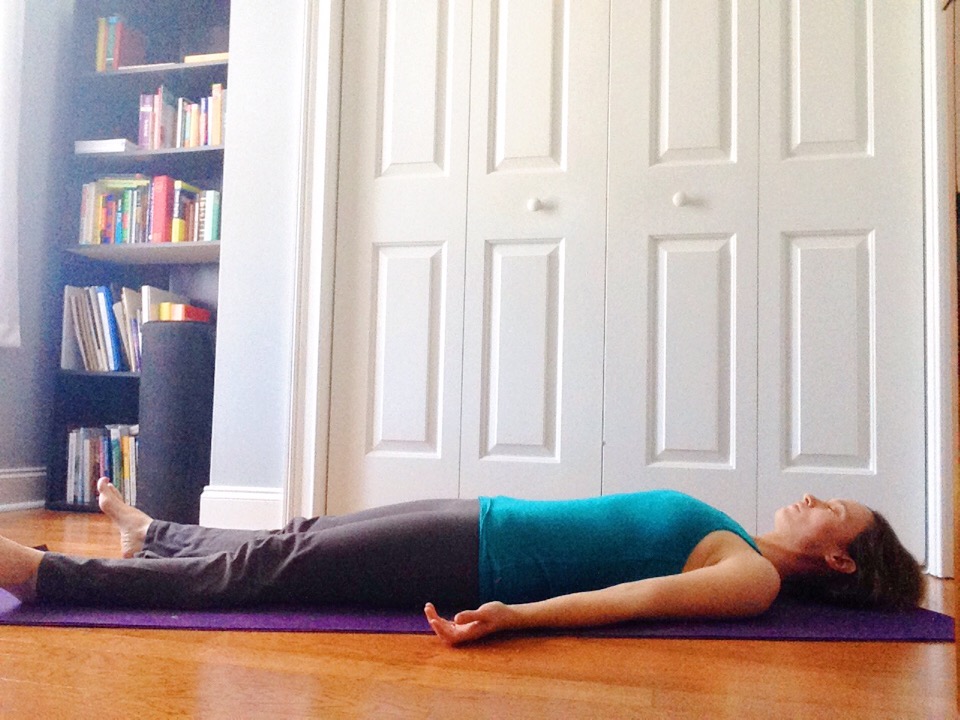
# Release the Doing and Learn the Art of Letting Go: The Transformative Power of Savasana
In the modern world, characterized by a relentless pace where productivity is often revered, the skill of letting go carries immense importance. One of the most profound methods to savor the essence of surrender and tranquility is through a seemingly straightforward yoga practice: savasana, or corpse pose. Commonly regarded as the most demanding of all yoga poses, savasana encourages both the body and mind to still their incessant activity and simply exist.
This article explores the advantages, challenges, and transformative qualities of savasana, prompting us to recognize its deeper significance—not only in yoga but in our everyday lives.
—
## **When Effort Meets Rest: The Importance of Savasana**
At first sight, savasana may appear indulgent. Imagine: reclining on a soft yoga mat, enveloped by the fragrant aroma of incense, and immersed in the gentle sounds of a Tibetan singing bowl. For many, it resembles a well-deserved reward at the conclusion of a yoga routine—a moment to shut the eyes and briefly escape from life’s demands.
Yet savasana is much more than mere physical relaxation. On a physical level, it allows the body to assimilate the benefits of the practice. Yoga asanas (poses) engage the muscles, joints, and nervous system in profound manners. Savasana provides the opportunity for this engagement to settle, akin to how digestion enables the body to absorb nutrients from food. Without savasana, the practice remains unfinished; the benefits do not penetrate the deeper layers of the body and mind.
In fact, numerous yoga instructors describe savasana as the pose where the true essence of yoga reveals itself—not through exertion, but through lack of effort.
—
## **Why Savasana Is the Hardest Pose in Yoga**
Curiously, the pose that appears simplest in yoga—lying flat on your back—can be the hardest to master. Savasana translates to “corpse pose,” symbolizing the ultimate expression of surrender and non-attachment. However, in stillness, the mind frequently becomes more active, revealing the “monkey mind” that swings restlessly between various thoughts.
For many practitioners, the stillness required by savasana can feel foreign, even unsettling. In a society where we associate worth with action and productivity, the notion of not doing anything can provoke resistance. Instead of resting in the moment, thoughts begin to race: unfinished chores, lingering anxieties, and future plans demand attention.
This challenge of calming the mind can make savasana appear more daunting than dynamic poses such as handstands or warrior flows. Yet, it is this very difficulty that renders savasana so transformative. Just as physical endurance develops through challenging workouts, our ability for mental tranquility expands by enduring silence and stillness.
The secret to conquering savasana lies in relinquishing the urge to control—the doing—and embracing the ability to simply exist.
—
## **The Physical Benefits of Letting Go**
From a physiological standpoint, savasana stimulates the parasympathetic nervous system, known as the “rest and digest” mode. Spending time in this state yields numerous benefits:
– **Reduced Stress:** Savasana aids in decreasing cortisol levels, calming the stress response and soothing the overstimulated sympathetic nervous system (the “fight or flight” mode).
– **Improved Sleep:** Engaging in savasana promotes both body and mind relaxation, potentially improving sleep quality.
– **Lower Blood Pressure:** The relaxation prompted by savasana can aid in stabilizing blood pressure.
– **Decreased Fatigue:** It permits the body to rejuvenate, diminishing both physical and mental exhaustion.
As the body slows down and rests, the mind tends to follow suit, creating an environment for feelings of calm and clarity.
—
## **Savasana as Meditation in Motion**
Beyond its physical advantages, savasana also serves as a gateway to meditation. While conventional meditation often emphasizes breathing or mental focus, savasana simplifies the practice—it demands nothing but presence. It’s a form of “active relaxation,” where the effort resides not in doing but in releasing.
Learning to release thoughts, agendas, and attachments during savasana can reflect the tenets of mindfulness. When we let go of the need to control, judge, or manipulate, we cultivate space for stillness. This process mirrors the core Buddhist practice of detachment—a reminder that permitting thoughts to flow without attachment frees us.
It may seem counterintuitive to align savasana with other intense yoga poses, but both require practice. Just as achieving a difficult pose like crow or headstand necessitates persistence, mastering the art of complete relaxation and surrender in savasana also demands mindfulness and discipline.
—
## **From the Mat to Daily Life: The Broader Lessons of Savasana**
The teachings of savasana reach far beyond the yoga mat. In relinquishing control, we learn to embrace